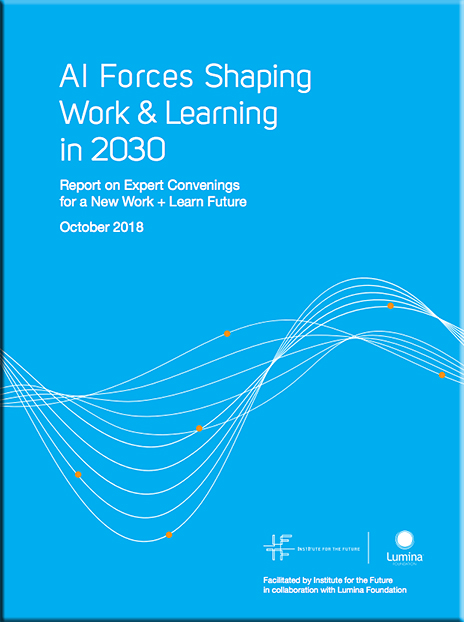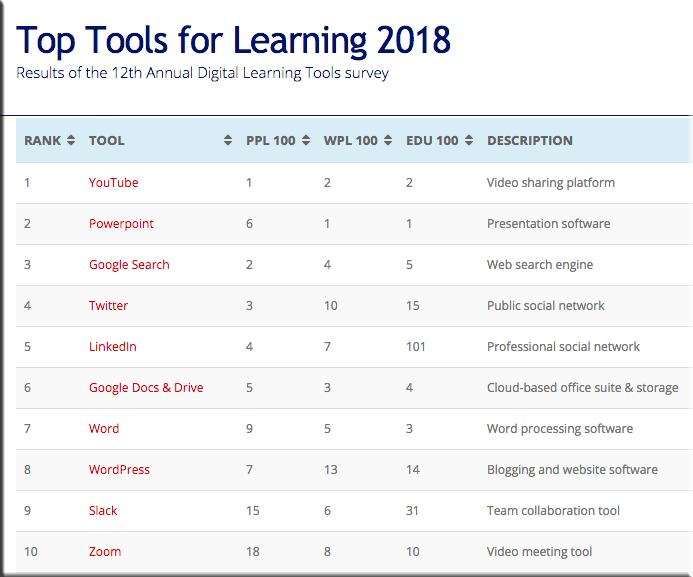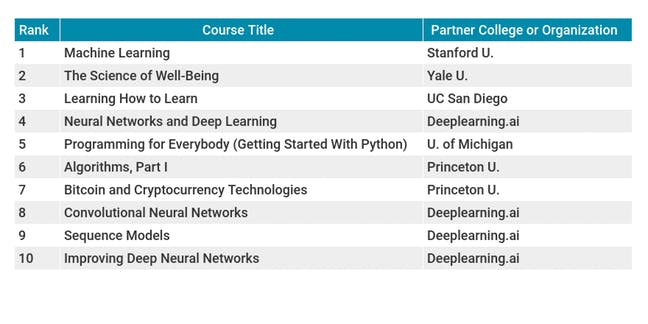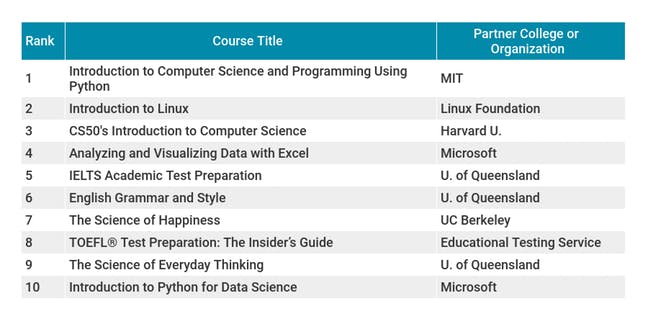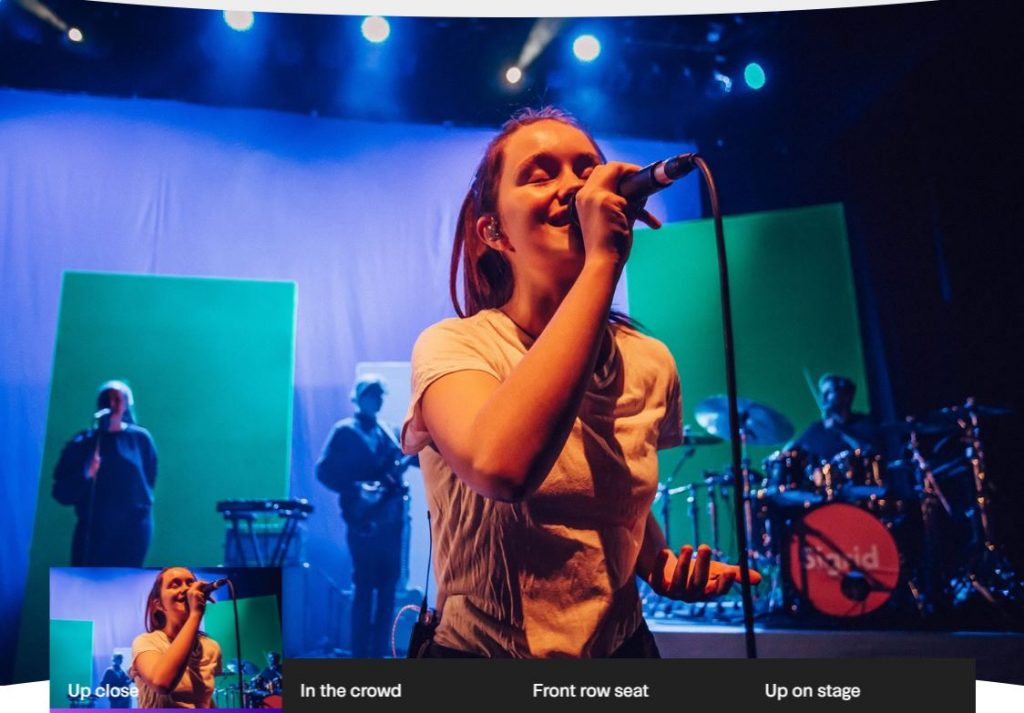LinkedIn Learning Opens Its Platform (Slightly) — from edsurge by Jeff Young
Excerpt (emphasis DSC):
A few years ago, in a move toward professional learning, LinkedIn bought Lynda.com for $1.5 billion, adding the well-known library of video-based courses to its professional social network. Today LinkedIn officials announced that they plan to open up their platform to let in educational videos from other providers as well—but with a catch or two.
The plan, announced Friday, is to let companies or colleges who already subscribe to LinkedIn Learning add content from a select group of other providers. The company or college will still have to subscribe to those other services separately, so it’s essentially an integration—but it does mark a change in approach.
For LinkedIn, the goal is to become the front door for employees as they look for micro-courses for professional development.
LinkedIn also announced another service for its LinkedIn Learning platform called Q&A, which will give subscribers the ability to pose a question they have about the video lessons they’re taking. The question will first be sent to bots, but if that doesn’t yield an answer the query will be sent on to other learners, and in some cases the instructor who created the videos.
Also see:
LinkedIn becomes a serious open learning experience platform — from clomedia.com by Josh Bersin
LinkedIn is becoming a dominant learning solution with some pretty interesting competitive advantages, according to one learning analyst.
Excerpt:
LinkedIn has become quite a juggernaut in the corporate learning market. Last time I checked the company had more than 17 million users, 14,000 corporate customers, more than 3,000 courses and was growing at high double-digit rates. And all this in only about two years.
And the company just threw down the gauntlet; it’s now announcing it has completely opened up its learning platform to external content partners. This is the company’s formal announcement that LinkedIn Learning is not just an amazing array of content, it is a corporate learning platform. The company wants to become a single place for all organizational learning content.
LinkedIn now offers skills-based learning recommendations to any user through its machine learning algorithms.
Is there demand for staying relevant? For learning new skills? For reinventing oneself?
From DSC:
So…look out higher ed and traditional forms of accreditation — your window of opportunity may be starting to close. Alternatives to traditional higher ed continue to appear on the scene and gain momentum. LinkedIn — and/or similar organizations in the future — along with blockchain and big data backed efforts may gain traction in the future and start taking away some major market share. If employers get solid performance from their employees who have gone this route…higher ed better look out.
Microsoft/LinkedIn/Lynda.com are nicely positioned to be a major player who can offer society a next generation learning platform at an incredible price — offering up-to-date, microlearning along with new forms of credentialing. It’s what I’ve been calling the Amazon.com of higher ed (previously the Walmart of Education) for ~10 years. It will take place in a strategy/platform similar to this one.
Also, this is what a guerilla on the back looks like:
Also see:
- Meet the 83-Year-Old App Developer Who Says Edtech Should Better Support Seniors — from edsurge.com by Sydney Johnson
Excerpt (emphasis DSC):
Now at age 83, Wakamiya beams with excitement when she recounts her journey, which has been featured in news outlets and even at Apple’s developer conference last year. But through learning how to code, she believes that experience offers an even more important lesson to today’s education and technology companies: don’t forget about senior citizens.Today’s education technology products overwhelmingly target young people. And while there’s a growing industry around serving adult learners in higher education, companies largely neglect to consider the needs of the elderly.









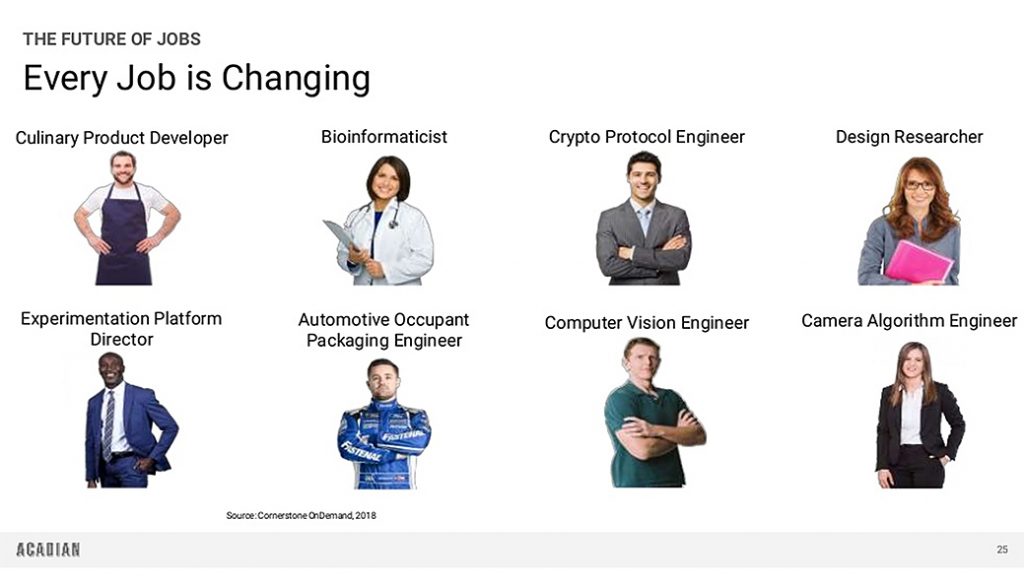

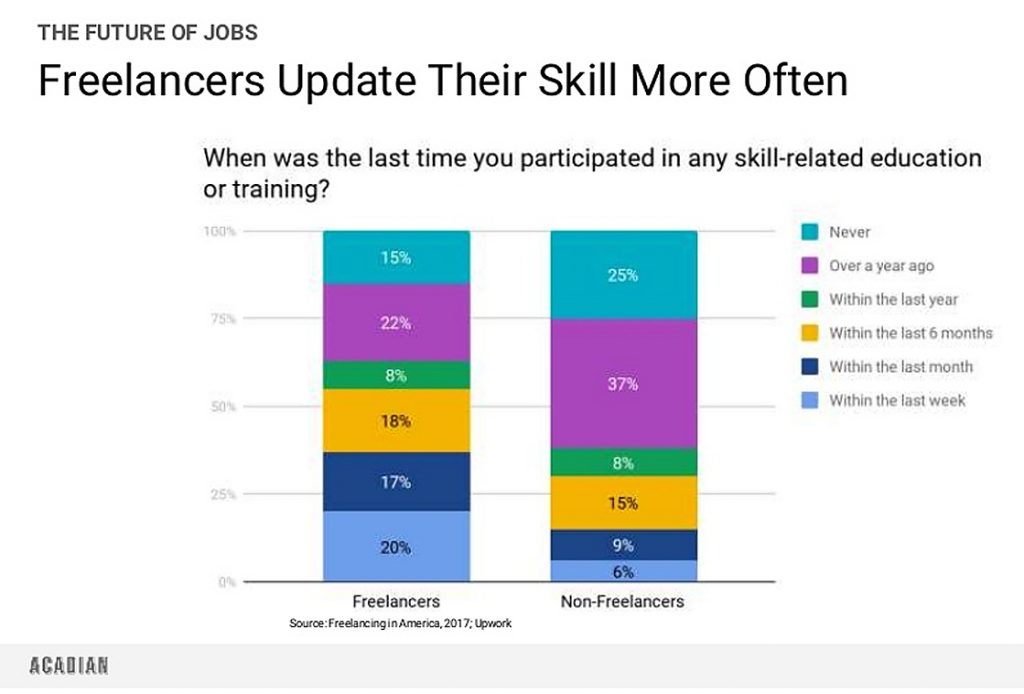
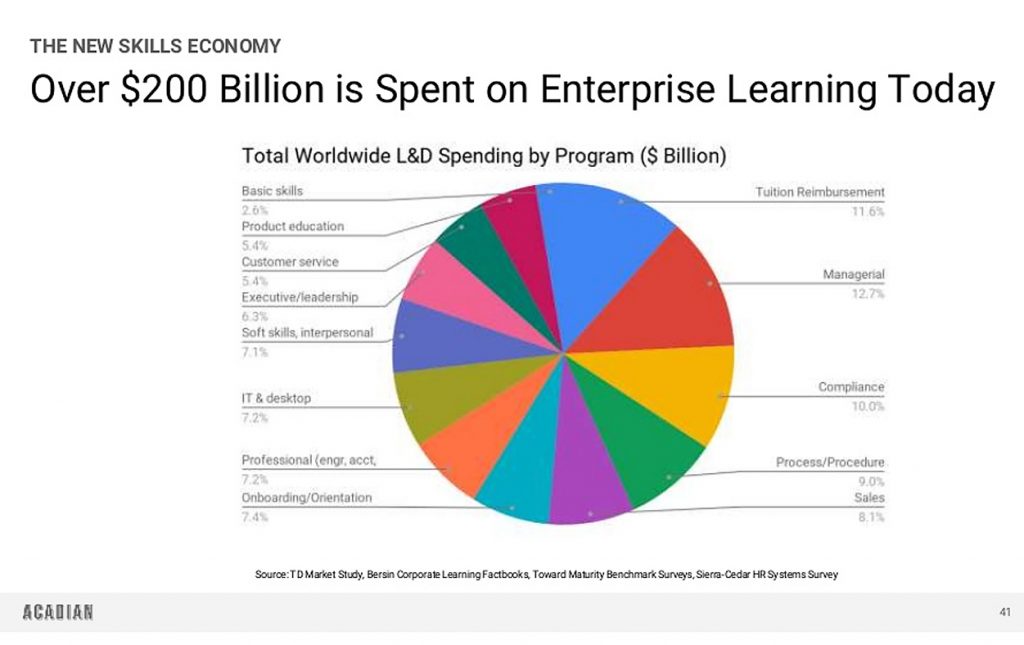
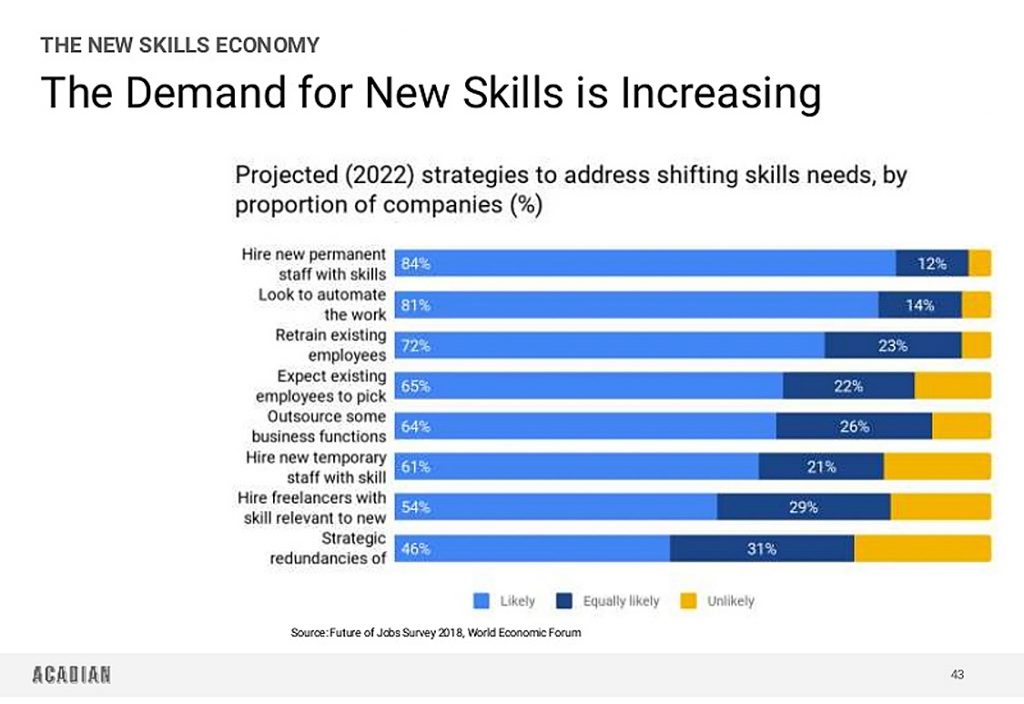

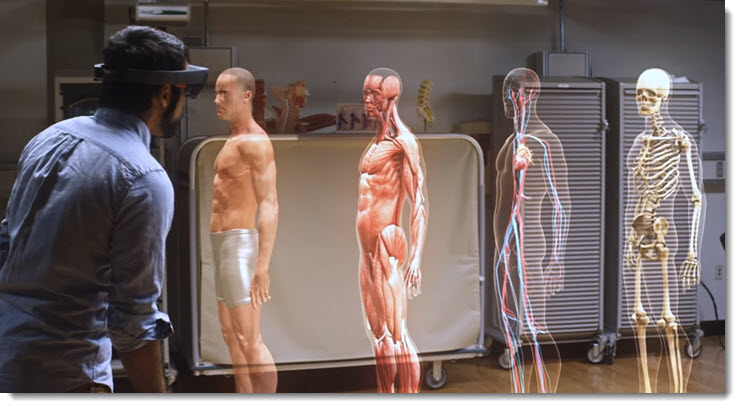
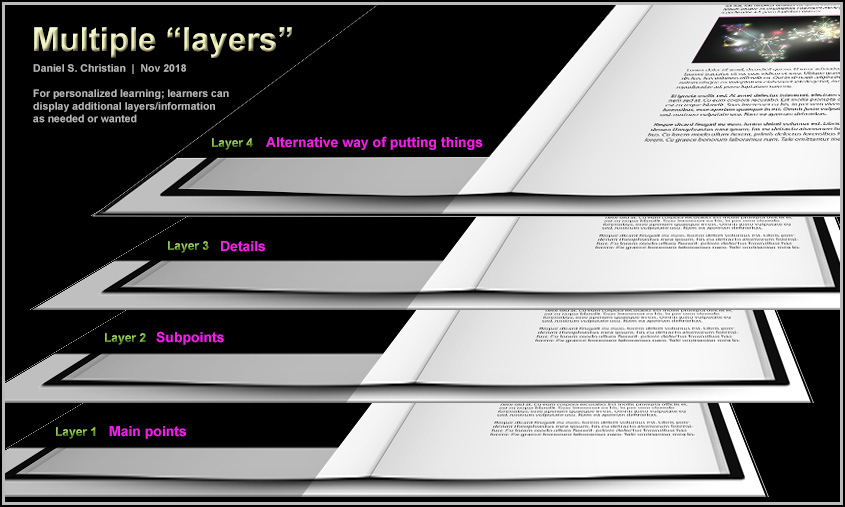
![The Living [Class] Room -- by Daniel Christian -- July 2012 -- a second device used in conjunction with a Smart/Connected TV](http://danielschristian.com/learning-ecosystems/wp-content/uploads/2012/07/The-Living-Class-Room-Daniel-S-Christian-July-2012.jpg)

